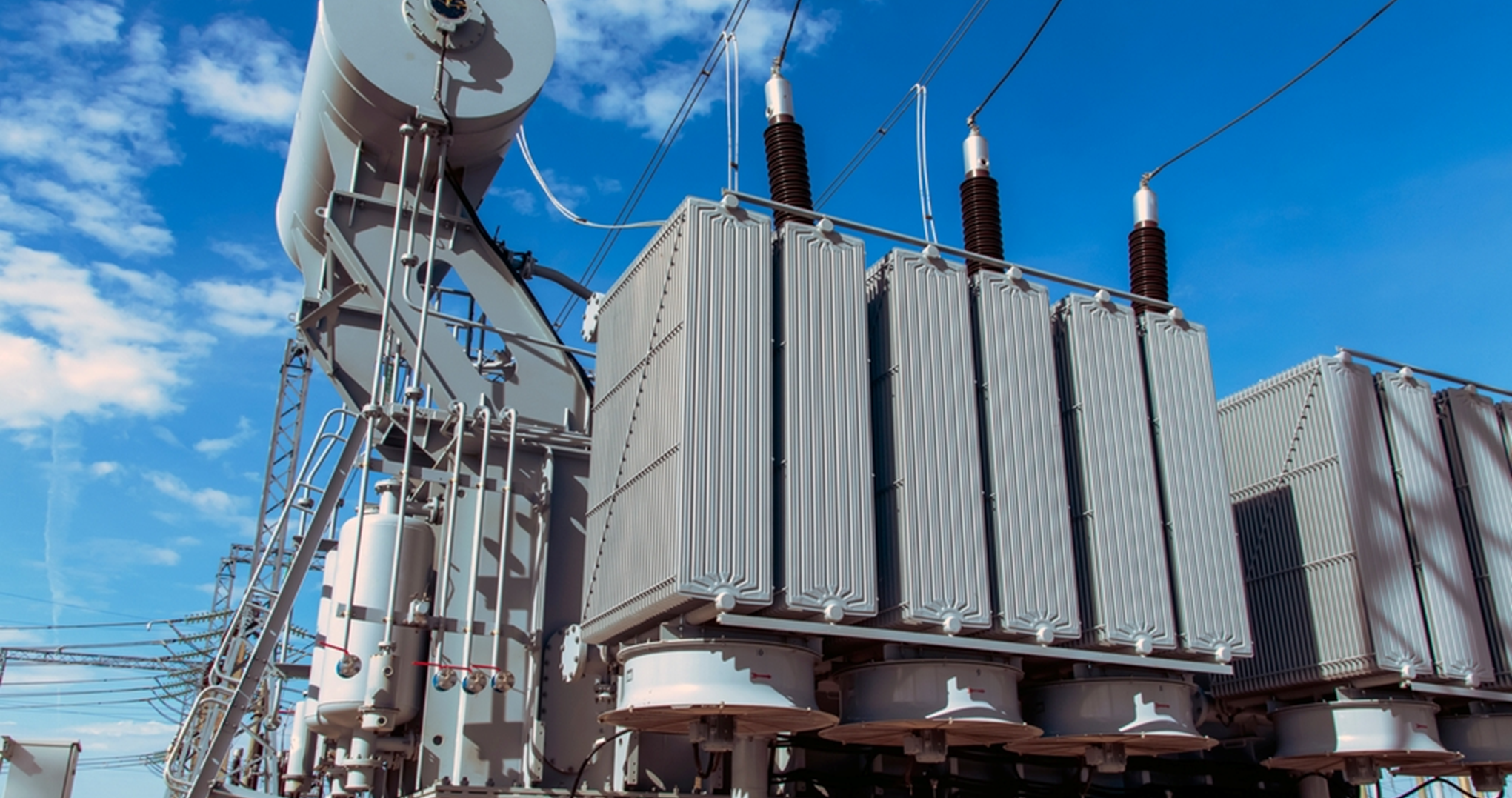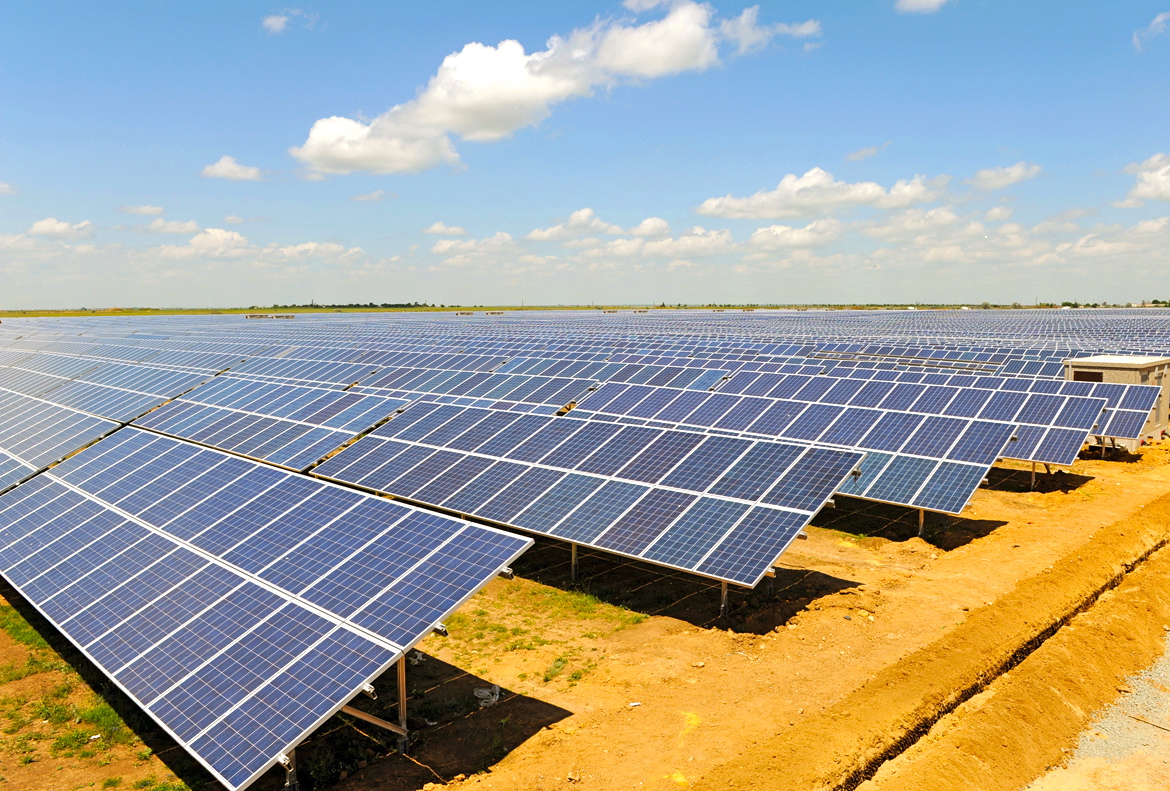Our recommendations
Last Update
25 July 2023
What would be the key drivers of cost competitiveness in India?
Drivers of cost competitiveness of hydrogen in India
TCO is driven by hydrogen production and distribution
Application TCOs typically comprise hydrogen production, distribution and end-use equipment costs. The degree to which each of these elements impact the TCO of an applications differs by application. For non-transport applications, more than 80 percent of the TCO is driven by hydrogen production and distribution. In contrast, end use equipment costs may comprise up to 70 per cent of transport application TCOs, depending on the usage profile.
We first consider the importance and implications of production scale on equipment capex. We then explore the impact of consumption volume on the utilization of distribution infrastructure. Finally, we showcase the importance of scale in reducing hydrogen production costs.
We first consider the importance and implications of production scale on equipment capex. We then explore the impact of consumption volume on the utilization of distribution infrastructure. Finally, we showcase the importance of scale in reducing hydrogen production costs.
Drivers of cost competitiveness of hydrogen in India (contd.)
Implications of scale and size on equipment costs in India
Scale will reduce equipment costs significantly across the hydrogen value chain. Hydrogen technologies currently have niche status, and there is significant potential for both achieving economies of scale in the manufacturing process and improving the technology further. In solar and wind power, for example, each doubling of cumulative production in the past led to cost reductions of 19 to 35 per cent. Exhibit below shows the estimated learning rates for electrolysers and fuel cells compared to solar, onshore wind and batteries.We estimate that fuel cell stacks for passenger vehicles will exhibit learning rates of about 17 per cent soon. The learning rates for commercial vehicles are lower, at roughly 11 per cent, primarily due to the lower volume of vehicles, but will still benefit from scale-up in other segments. Electrolyzer learning rates are about 9 per cent and 13 per cent, respectively, for alkaline and PEM technology.
Do you want to seek Eninrac assistance in helping you resolve some critical business issues? Engage with us and reach out to our experts by using the Request for Proposal (RFP) form.
BEST VISION IS INSIGHT
Combine market knowledge and your skill to contribute value for end consumers

Transformer Sales Surge: ₹75,000 Crore Opportunity Ahead

Solar Parks Development Status in India

EU Solar Market 2024: Utility- Scale Resilience Amidst A Slumping Rooftop
Get started with
EI Market personalised demo
Complete the form to get in touch with our sales team to see our Visionboard platform in action. We'll show you how you can use eninrac to build a culture of action of consistently hunting down and eliminating poor market research expriences across your companies line of business


